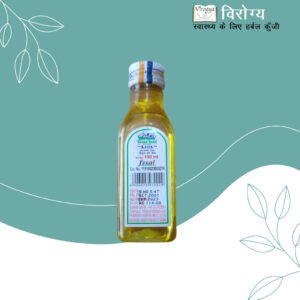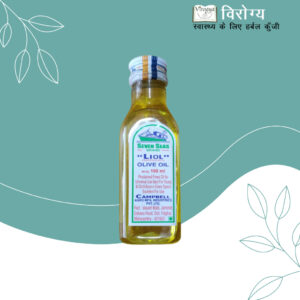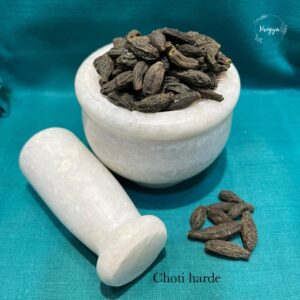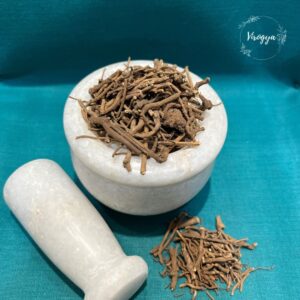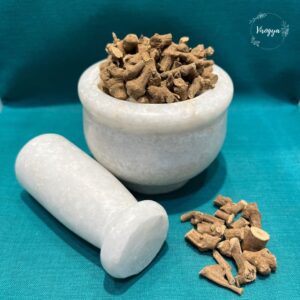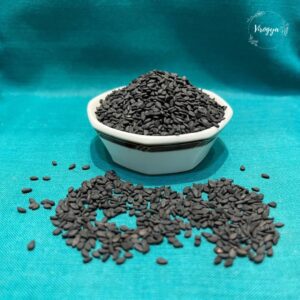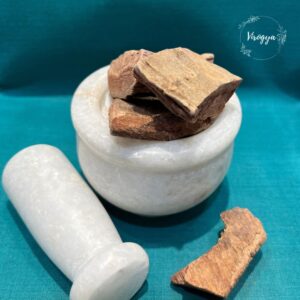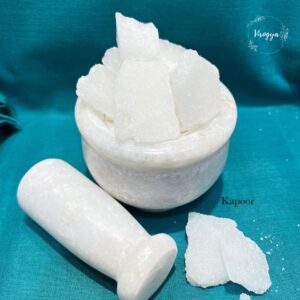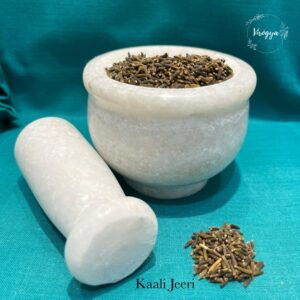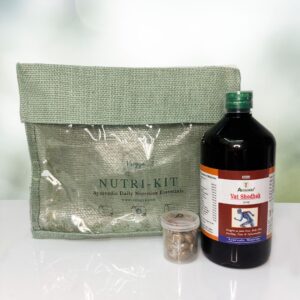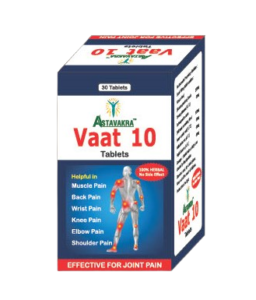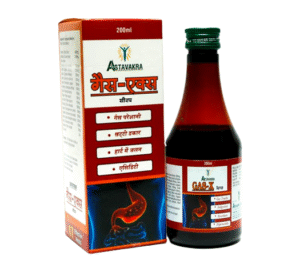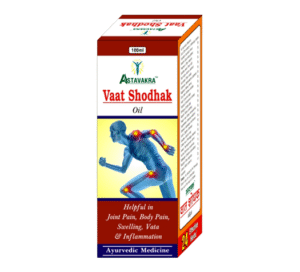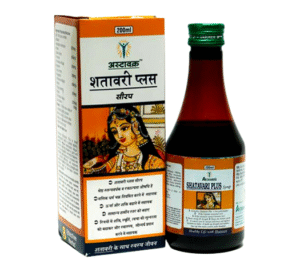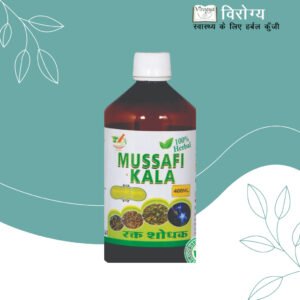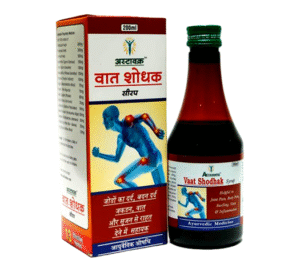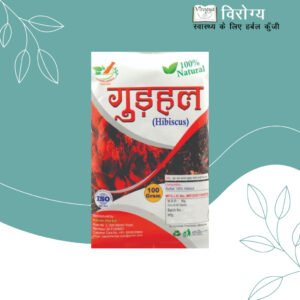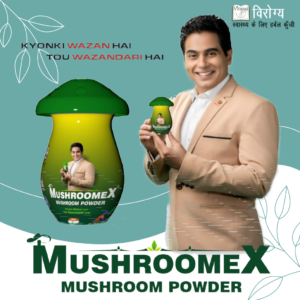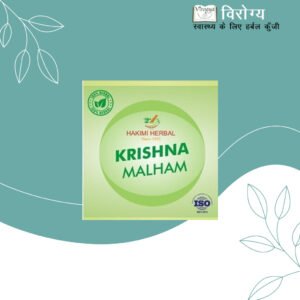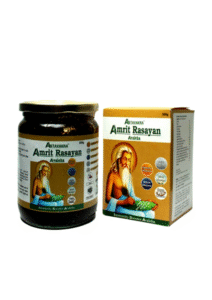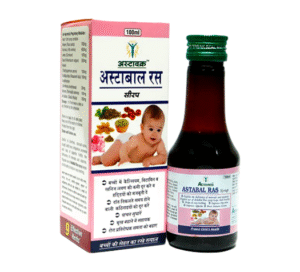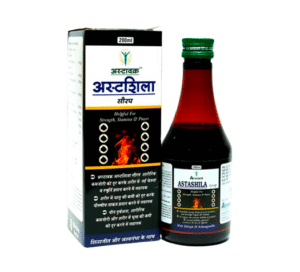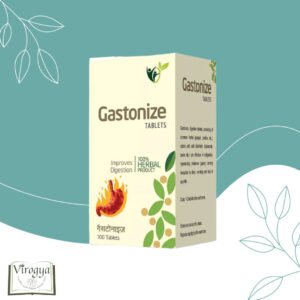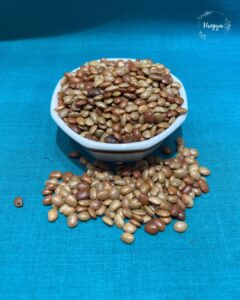Kulthi
Uses
Kulthi is used in various culinary and medicinal applications, such as:
- Soups and Curries – Popular in traditional Indian recipes for its earthy flavor.
- Ayurvedic Remedies – Used to treat urinary tract infections and kidney issues.
- Sprouted Form – Consumed for enhanced nutrient absorption.
How to Use
Kulthi can be consumed in different ways, such as:
- Soaked and Boiled – Used in stews and soups.
- Flour Form – Added to rotis and porridges.
- Sprouted Kulthi – Eaten raw or added to salads.
Kulthi is a drought-resistant legume commonly grown in India and Southeast Asia. It is known for its high protein content and numerous therapeutic benefits, making it a staple in rural diets and Ayurvedic treatments.
Health Benefits
- Supports Weight Loss
Kulthi is low in calories and high in fiber, which helps promote satiety, regulate appetite, and aid in weight management.
- Improves Digestive Health
The fiber content in Kulthi helps in preventing constipation, promoting gut flora, and easing digestion-related issues.
- Manages Kidney Stones
Kulthi is traditionally used to dissolve and prevent kidney stones by reducing oxalate buildup and improving urinary flow.
- Regulates Blood Sugar Levels
With a low glycemic index, Kulthi helps control blood sugar levels and is beneficial for individuals with diabetes.
- Boosts Heart Health
Rich in antioxidants and fiber, Kulthi helps reduce cholesterol levels and support cardiovascular health.
- Strengthens Bones and Muscles
The presence of calcium, iron, and proteins in Kulthi supports bone density and muscle development.
Conclusion
Kulthi, or Horse Gram, is a highly nutritious legume with numerous health benefits, ranging from weight loss to improved heart and kidney health. Its inclusion in a balanced diet can provide multiple nutritional advantages. However, it should be consumed in moderation to avoid potential side effects.
| Weight | 100GM, 250GM, 500GM |
|---|






